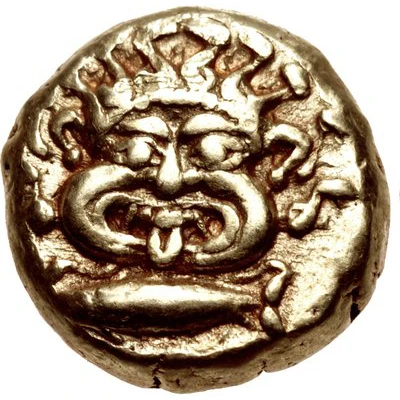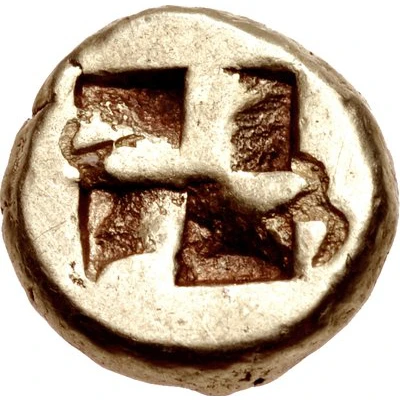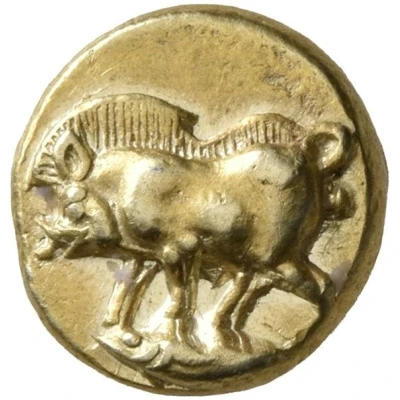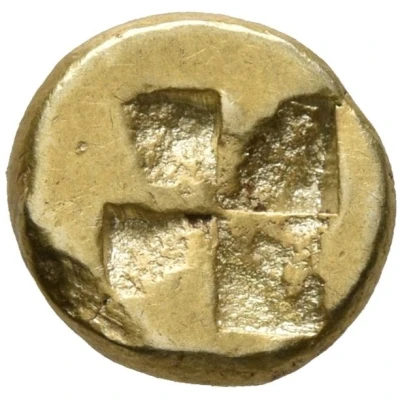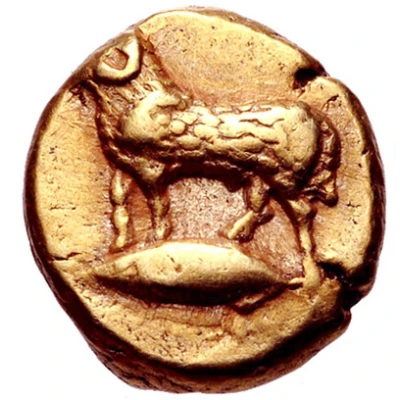
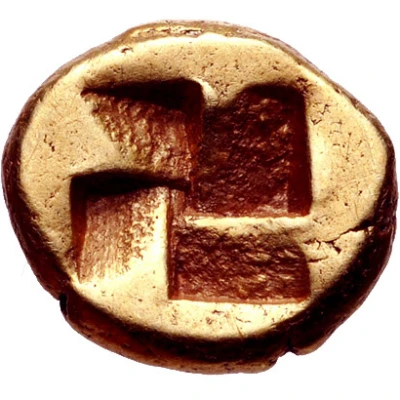

© Classical Numismatic Group, Inc.
Hemihekte 500 BC - 450 BC
| Electrum | 1.35 g | 9.0 mm |
| Issuer | Kyzikos (Mysia) |
|---|---|
| Period | City administration (600 BC - 1 AD) |
| Type | Standard circulation coin |
| Years | 500 BC - 450 BC |
| Value | Hemihekte (1⁄12) |
| Currency | Electrum Stater (600-330BC) |
| Composition | Electrum |
| Weight | 1.35 g |
| Diameter | 9.0 mm |
| Shape | Round (irregular) |
| Technique | Hammered, Incuse |
| Demonetized | Yes |
| Updated | 2024-10-10 |
| Numista | N#127543 |
|---|---|
| Rarity index | 100% |
Reverse
Quadripartite incuse square
Comment
Cf. Von Fritze I 91 (recording only staters and sixth staters); cf. SNG France 227-8 (for stater and sixth stater); Hurter & Liewald –.
Interesting fact
The Hemihekte coin was used as a form of currency in ancient Greece, specifically in the city of Kyzikos (Mysia) during the 5th century BC. The coin was made of electrum, a naturally occurring alloy of gold and silver, and weighed approximately 1.35 grams. Despite its small size, the Hemihekte coin played a significant role in the ancient Greek economy, as it was widely used for trade and commerce. Its value was equivalent to half of a standard drachma, which was the main unit of currency in ancient Greece at the time. The Hemihekte coin's design featured an image of a lion's head on one side and an inscription on the other, which helped to identify its origin and authenticity. Today, the Hemihekte coin is considered a rare and valuable collector's item, providing a glimpse into the economic and cultural practices of ancient Greece.
